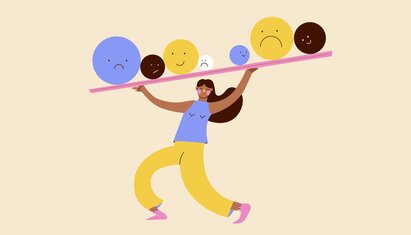Primary emotions worksheet

Published November 15, 2024

If you’re searching for a bullying worksheet to help your client recognize and cope with bullying, you’re in the right place. This article describes how to recognize bullying in young therapy clients and includes a free bullying worksheets PDF.
Bullying continues to be a concerning issue among children and teenage therapy clients.
Read on to learn common signs of bullying, therapy activities to help victims and aggressors, and a free downloadable bullying worksheet PDF to save to your electronic health record (EHR) for sharing with young clients.
Bullying happens when someone repeatedly and purposely tries to hurt, scare, or control another person because they see them as vulnerable.
There are several different types of bullying, such as:
Bullying can cause physical, emotional, and/or mental harm to its victims. Stopping it early is important to foster kind and supportive spaces for everyone. Bullying worksheets can be helpful tools in combating the harmful effects of bullying.
Research shows a strong connection between bullying and depression in young people.
According to one study, kids and teens who experienced bullying were nearly three times more likely to have depression. In addition, those who bullied others had a higher risk of depression, and kids who both bullied others and experienced bullying were the most at risk.
That being said, bullying can have a serious effect on a client’s mental and emotional health.
Some common signs of bullying include:
Once an adult notices these changes in a child, it’s essential to step in to stop the bullying. The child may need therapy or counseling as well to cope with the impact of bullying.
Bullying therapy activities guide both the victim and aggressor in meeting their emotional needs and making positive changes in their behavior.
While activities for the victim focus on boosting self-esteem, building resilience, and coping with the trauma or anxiety from bullying, activities for the bully aim to build empathy and help them understand the effects of their actions. The bully also learns to see things from the victim's perspective and works on managing their anger.
Specific types of bullying therapy activities include:
Anti-bullying worksheets can be an effective part of these activities. Clients may use bullying worksheets to reflect on their experiences and emotions so they can become aware of how bullying affects them and other people.
Bullying worksheets for kids are also an opportunity to explore healthy coping mechanisms while setting personal goals for real behavior change.
Here's how therapists or facilitators can use each bullying worksheet to support clients:
The bullying worksheets PDF can be completed in both therapy sessions and at home, with a therapist, or independently. Friends or peer groups may also use the bullying worksheet PDF to discuss bullying experiences and support each other.
SimplePractice is HIPAA-compliant practice management software with everything you need to run your practice built into the platform—from booking and scheduling to insurance and client billing.
If you’ve been considering switching to an EHR system, SimplePractice empowers you to streamline appointment bookings, reminders, and rescheduling and simplify the billing and coding process—so you get more time for the things that matter most to you.
Try SimplePractice free for 30 days. No credit card required.
Proudly made in Santa Monica, CA © 2025 SimplePractice, LLC
Proudly made in Santa Monica, CA © 2025
SimplePractice, LLC